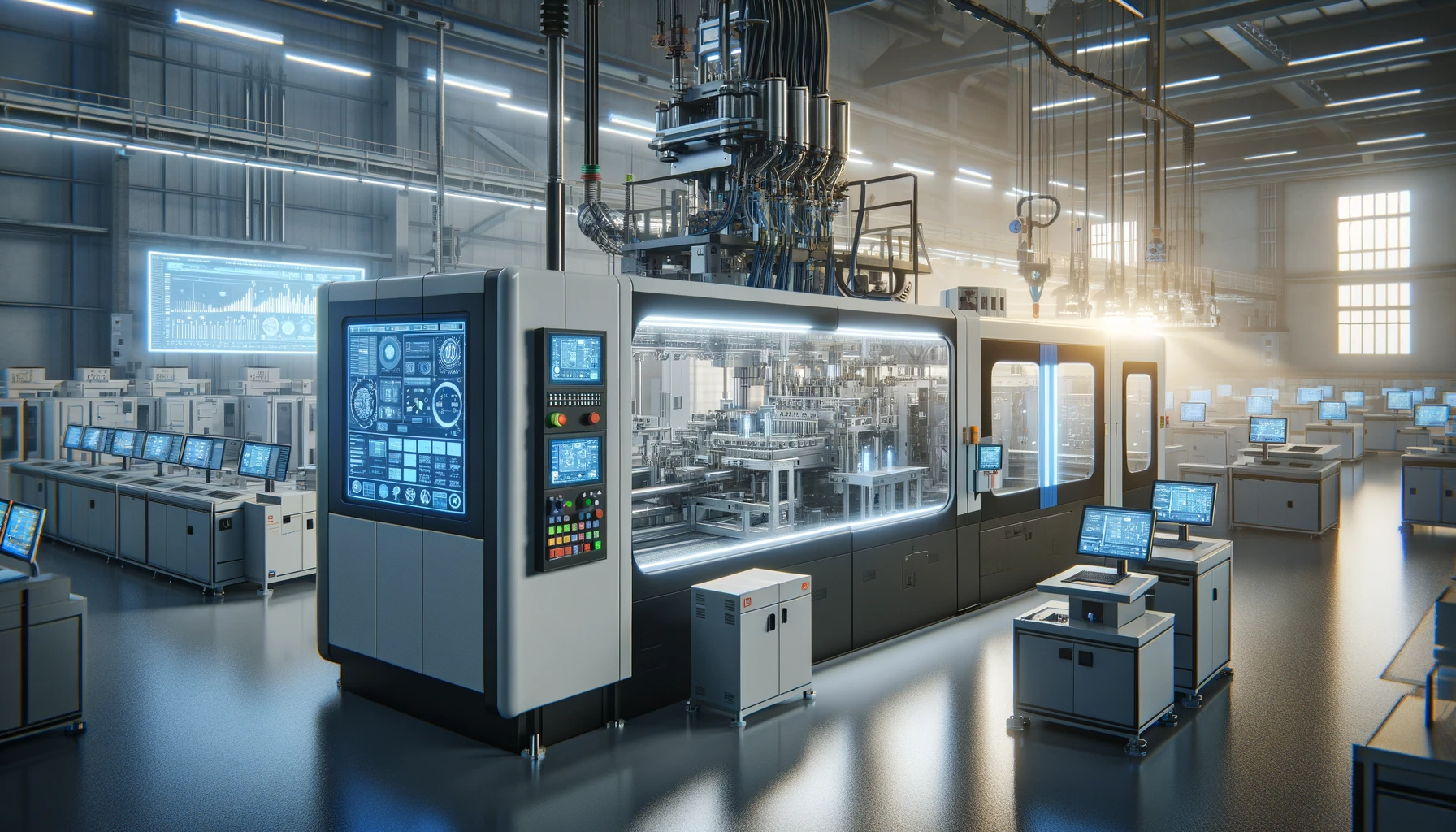In an article published in the journal Nature, researchers combined artificial neural networks (ANN) and genetic algorithms (GA) to improve plastic injection molding. Their goal was to produce high-quality products while reducing cycle time, material waste, and energy use.
 Study: Intelligent Manufacturing in Plastic Injection Molding Using Artificial Neural Network and Genetic Algorithms. Image credit: Generated using DALL.E.3
Study: Intelligent Manufacturing in Plastic Injection Molding Using Artificial Neural Network and Genetic Algorithms. Image credit: Generated using DALL.E.3
Background
Plastic injection molding is a widely used manufacturing technique across industries, producing diverse products from thermoplastic and thermoset materials. The perpetual quest for superior quality, efficiency, and sustainability in this age-old method has become paramount, prompting the need for advanced optimization approaches. The injection molding process, driven by high pressure to shape molten plastic, demands precision in product weight, size, and defect minimization. However, amid intensified competition and rising costs, manufacturers face the challenge of optimizing production processes while maintaining quality. Plastic injection molding is also energy-intensive due to high-pressure requirements during injection and holding phases.
To address these challenges, the present study emphasized the need for novel techniques that holistically optimize customer satisfaction and producer profitability. Intelligent manufacturing, integrating advanced optimization algorithms and smart process control systems, was proposed to streamline the injection molding process, reduce inefficiencies, and optimize resource usage.
The study presented a smart hybrid technique, integrating ANN and GA, to achieve multi-objective modeling for global optimization, considering both customer and producer requirements. This work demonstrated the effectiveness of the hybrid method in a global multi-objective optimization context, considering quality and production requirements that are often contradictory. Researchers aimed to fill the gap left by previous studies, which focused primarily on quality without addressing production cost implications. A case study was used to validate the method's effectiveness, applying it to an overall optimization of four objectives representing both quality and production requirements.
Optimization Method and Experimental Setup
The research focused on optimizing the injection molding process for a plastic part used in the agriculture sector. The material used was a polypropylene copolymer procured from SABIC. Input variables included melt temperature, injection velocity, injection pressure, cooling time, holding time, position of commutation, and holding pressure. Output parameters were dimensional deviation, weight, production cycle time, and energy consumed. The ANN training data were obtained through experiments with different parameter combinations.
Taguchi Design Analysis: Taguchi analysis identified the impact factors on the response parameters. Factors like holding time, commutation position, and cooling time significantly influenced dimensional deviation, weight, cycle time, and energy consumption. The complex relationship between these factors and the objectives was highlighted, emphasizing the need for effective optimization.
ANN Model: The ANN model, developed using Matlab 2022a software, has a 7-13-4 architecture. The model uses three algorithms in training, Levenberg–Marquardt (LM), Bayesian regularization (BR), and scaled conjugate gradient (SCG). The BR algorithm was found to be the most effective.
Optimization Results: The study employed a GA for multi-objective optimization of the injection molding process parameters. When compared to experimental results, the optimal configuration obtained from GA demonstrated a high accuracy level in the model's predictions. The hybrid ANN-GA approach proved effective in achieving a global optimization of the injection molding process.
Results and Discussion
Experimental evaluation confirmed the precision of the developed model. The hybrid approach demonstrated effectiveness by achieving customer quality requirements while simultaneously reducing energy consumption, raw material usage, and production cycle time. Through the reduction in production time, raw material consumption, and energy usage for an order of 100,000 products, the economic efficiency of the proposed technique was demonstrated.
The integration of ANN and GA in the injection molding process optimization proved to be a valuable approach, providing a compromise between meeting customer quality requirements and optimizing parameters affecting production costs. Producers dealing with small-scale machines and low-mass products could benefit from this approach with the help of faster production, cost savings, and resource optimization.
Conclusion
In conclusion, researchers introduced an advanced global optimization method for injection molding processes, incorporating ANN and GA. Focused on producing a polypropylene plastic part in the context of Industry 4.0, the research employed selected design parameters and objectives, including product weight, cycle time, dimensional deviation, and energy consumption. Experimental data was used to train an ANN model, serving as a multi-objective predictive tool. Subsequent use of GA identified optimal output configurations, validated with less than a 2.5% error margin. The approach significantly improved production time, raw material usage, and energy consumption.
This research has broader applicability across industries and underscored the potential for smart, sustainable, and profitable production. Future research avenues could involve refining the method's generalization and exploring applications in diverse industrial sectors and materials.